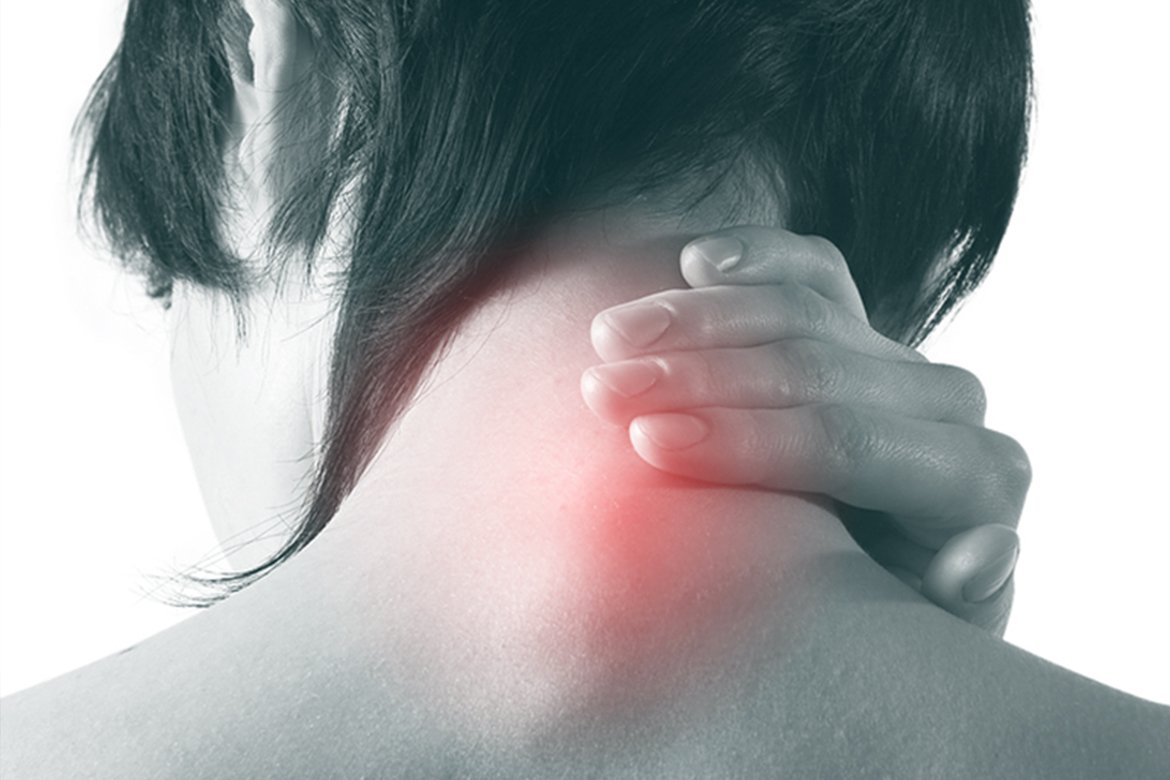Pain Management
Silverdale, Washington
Here at West Sound Chiropractic in Silverdale, Washington we understand that experiencing pain is normal. Everyone experiences pain now and then. Pain is supposed to be protective to make you stop doing things that may be dangerous. But chronic pain that has persisted for more than 3 months is no longer protective, nor informative. So, what is chronic pain and why should you visit one of our Silverdale Chiropractors in Kitsap County for help?
Pain is perceived by your brain because your brain has decided that you are threatened, in danger and need protecting. The interesting thing is that you don’t have to have any actual tissue damage to feel pain. If your brain is not “aware” of tissue damage, you may not feel any pain at all, even if you’ve injured yourself. Sometimes pain persists long after any tissue damage has healed. When pain persists for more than 3 months, we call this chronic pain. Chronic pain is the second-most common reason people see a doctor and miss work. More than one-third of people with chronic pain become disabled by their pain to some degree. Chronic pain can be mild or excruciating, episodic or continuous, merely inconvenient or totally incapacitating. The pain can be from headaches, joint pain, neck pain, back pain or pain from an injury. Other kinds of chronic pain include tendinitis, sinus pain, carpal tunnel syndrome and pain affecting specific parts of your body. The common thing with all these types of pain is that the actual feeling of pain is always, 100{ad68a608ea29c3639b6bbe3ca8244cbe8670b4eff75cac8c0173c45cf2f1cf64} of the time, created in your brain. This does not mean it’s not real – but understanding that the pain itself is created in your brain is really important for how our Silverdale Chiropractor can help you can get rid of it.
Your pain experience depends on why your brain has decided you need to be protected – why it’s creating the feeling of pain for you in the first place. It can, therefore, be very useful for you to try to figure out why your brain may be creating pain for you. What was happening at or around the time your pain started? What makes it worse? What makes it better? Why is that important? Here at West Sound Chiropractic we know that the brain can be retrained, and we have the tools available to help you retrain your brain to be out of pain. In addition to Chiropractic, we will also give you some of the keys to retraining your brain such as staying active, staying positive, eating well and sleeping well.
One important way that you can help yourself if you are in chronic pain is to stay active. Your posture and how you move plays an important role in how you feel and how you experience pain, even as little as a short walk every day can help! If there are movements you cannot do because of your pain, you can still help by imagining these movements. We know from neuroscience research that imagining a movement influences the brain in a very similar way to actually doing the movement. This can help retrain your brain to understand that the movement is not dangerous – because imagining doing the movement will not hurt. You can basically trick your brain into giving you back pain-free movement. Here at West Sound Chiropractic in Silverdale, Washington our main focus of chiropractic care is to improve the movement and function of your spine. This is so important to us because we understand that proper movement of your spine helps your brain know more accurately what is going on, not only in your spine, but also elsewhere in your body. Research tells us that chiropractic care can help people who suffer from back pain, neck pain and headaches. This is most likely because chiropractic care helps your brain know more accurately what is going on in your spine and body and may help your brain to switch off feelings of pain, when they are no longer needed. So, if you suffer from chronic pain come see us here at West Sound Chiropractic in Silverdale, Washington.


